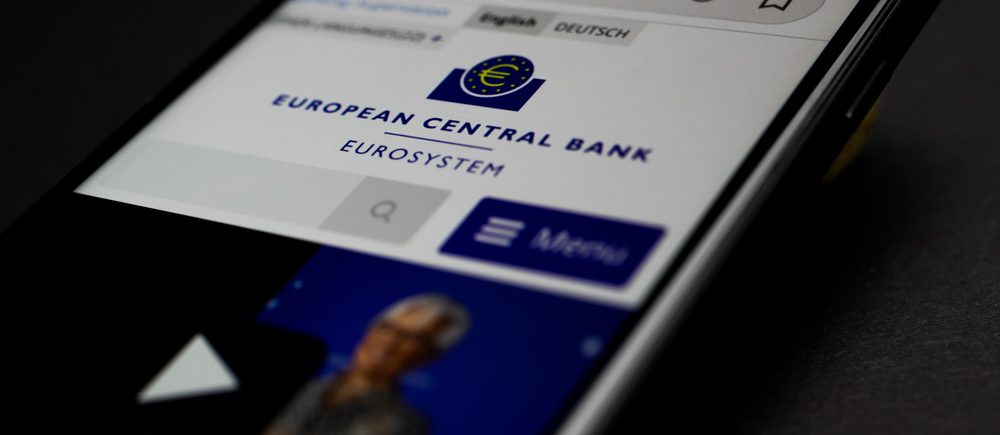Late on Thursday, European Central Bank Vice President Luis de Guindos gave reporters his assessment of the ECB’s probable decision to lower interest rates by the second half of the year.
Key Quotes
de Guindos sees the European economy picking up in the second half of the year.
The ECB should have sufficient information in June to begin making decisions about monetary policy.
European inflation is heading towards 2%, but wage growth remains a risk.
ECB’s Major Policy Changes
After implementing emergency measures for 15 years, the European Central Bank (ECB) has announced significant adjustments to its operations with the goal of reducing its involvement in financial markets. Significant questions remained unaddressed by the ECB’s review of its operating framework, underscoring the difficult and protracted road to a new “normality.” The proposed guidelines acknowledge the challenges of formulating new regulations that are both efficacious and devoid of undesirable consequences.
Hybrid Regime
A feature of the existing “ample reserves” system, the deposit facility will continue to anchor market rates, as described by the ECB in its description of the future “hybrid” regime. In addition, it will store a quasi-permanent, or “structural,” bond portfolio that will replace the ones it has amassed over the course of years of quantitative easing. But it also seeks to provide lending operations—both short- and long-term—a “central role” again, as they held prior to 2008 under the “scarce reserves” system.
This will be a very experimental transition, since the bank has stated that it will update the new regulations’ parameters by 2026 “or earlier, if necessary.” There is still a long way to go in the balance-sheet reduction process before banks run out of reserves.
The ECB will be paid back in the upcoming months and will no longer be reinvesting all of the bonds in its sovereign bond portfolio as they mature as it reduces the size of its balance sheet. Next year, there will be no further investments made. Nevertheless, banks currently possess all the reserves they require, so the European Central Bank (ECB) will have a difficult time resuming the lending operations that it previously employed to guide monetary policy.
Without giving in to pressure from the US Federal Reserve, the ECB must cut borrowing costs twice before its August vacation break and twice more before the end of the year. If incoming wage data continues to support projections for declining inflation, the European Central Bank (ECB) may lower interest rates at least three times this year, starting in June.

ECB
 Noor Trends News, Technical Analysis, Educational Tools and Recommendations
Noor Trends News, Technical Analysis, Educational Tools and Recommendations




